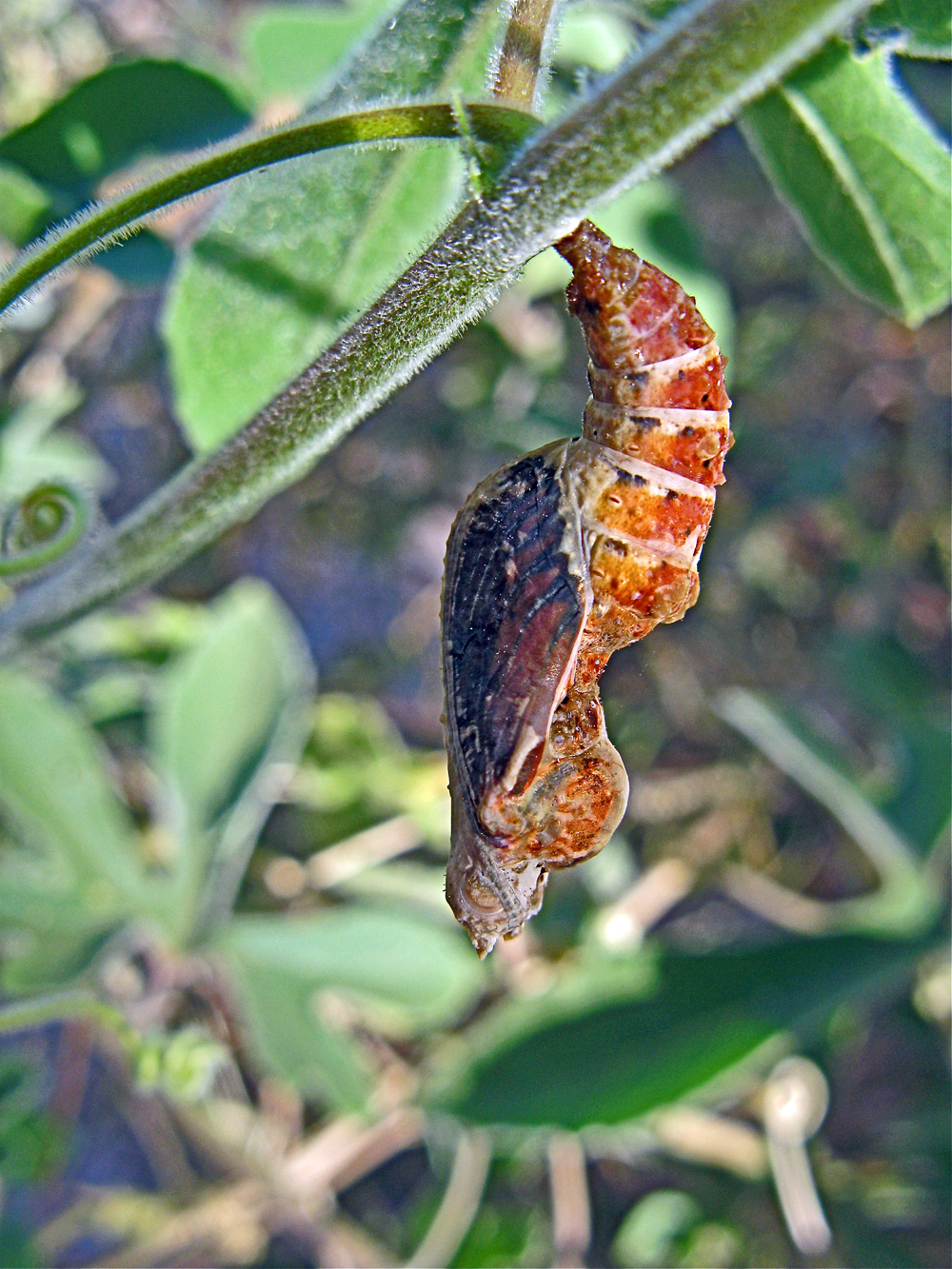Supermoon au naturel, and not
Here’s what the June supermoon looked like last night, rising over our neighbors’ roof:

(photo A.Shock)
The photo above is an unmanipulated image (except for a little tweaking of contrast): I shot the moon, the tree, and the roofline as seen, with a tight zoom and digital cropping.
Now for a little fun. Remember? new camera, still learning. I was able to get good shots of a saguaro at dusk and good shots of the moon — just not both in the same frame! The moon indeed came up under this venerable saguaro’s arms from our viewpoint, but “on film” without quite so much lunar precision (at least in camera: it looked a lot like this to the naked eye). Photo-editing software to the rescue! I edited two of the night’s high-detail photos — one of the moon and one of the giant cactus — into one. Please enjoy the image below, but think of this one as art and not astronomy:

June 22 2013 “supermoon” (composite image A.Shock)
The next “supermoon” is on August 10, 2014; maybe by then I’ll be able to get the shot without benefit of photoshop. In fact, mulling this over, I think I figured out one way to capture both the dim spiny green of the cactus, and the bright silver moon: this may be a job for High Dynamic Range!… And, there’s always tonight, as long as there aren’t any clouds.
















